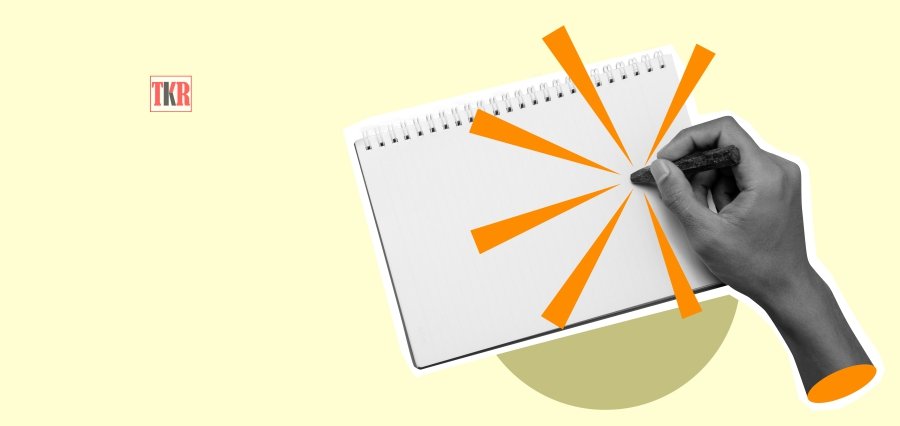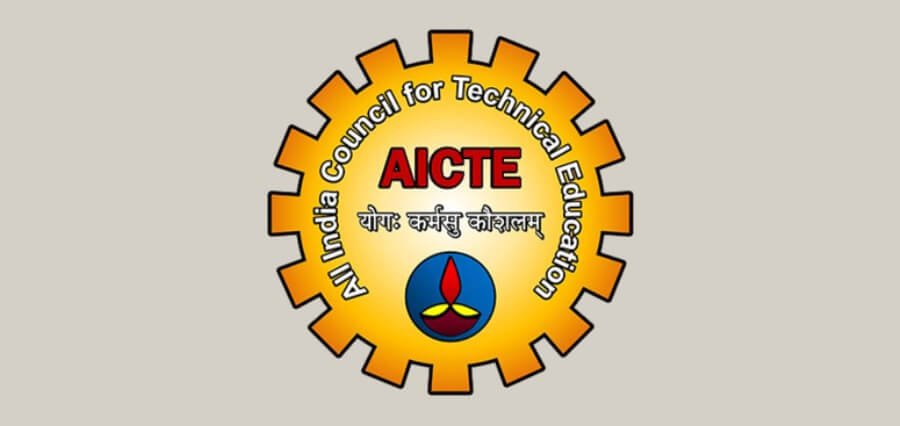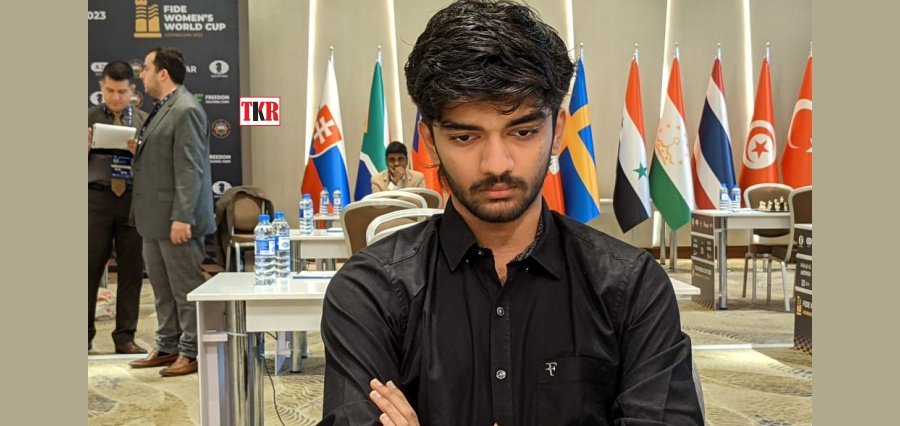Design education in India has been witnessing deep transformation, driven by technological advancement, societal needs, and shifting viewpoints. These will redefine how designers are trained for their future roles-to be practical, innovative, and creative-simultaneously. It is through the following eight trends that set a course towards an exciting future.
Inquiring about the opportunities in design education? Stay ahead of your contemporaries by exploring these transformational trends and enhancing your career prospects.
1. Integration of Technology in Curriculum
Technology is becoming an integral part of the design education curriculum and thus driving the frontiers of creativity. Institutes are implementing tools such as artificial intelligence, virtual reality, and 3D modeling into teaching methods. The use of these technologies has allowed students to try out ideas and make prototypes faster. As these tools are advanced, they expand the frontiers of what is possible in design.
2. Sustainability as a Core Focus
Sustainability from being a buzzword evolved into the core of learning in design. Courses in this regard will focus more on eco-friendly materials and energy-efficient processes, apart from ethical production methods, so that students can design solutions that are environmentally responsive and socially responsible.
3. Interdisciplinary Learning
Education is not limited to the conventional frontiers anymore. The design students are encouraged to understand other disciplines like engineering, psychology, and business side by side with design. It has an interdisciplinary approach that fosters creativity and prepares the students for problems that require a multifaceted solution.
4. Improved Accessibility and Inclusiveness
Design education is now reaching students from diverse backgrounds, because of the online platforms and government initiatives. There is a strong push toward inclusivity, allowing a much wider range of perspectives in the design community. This trend is encouraging innovation by bringing varied cultural and regional insights into the design community.
5. Focus on Practical Applications
The institutions focus on experiential learning in the form of projects and internships that are a part of the curriculum. These hands-on experiences have helped to fill the gap between theoretical knowledge and practical applications. Graduates can move into the professional world with greater confidence.
6. Focus on Digital Design
The increased number of digital platforms has resulted in a heightened interest in the design skills, which have also incorporated UX, UI, and web design courses in the curriculum. This readies students to address the requirements of such industries that rely heavily on digital innovation.
7. Collaboration with Industry
Shaping design education are strong relationships between educational institutions and industry. Workshops, guest lectures, or live projects with professionals allow students to understand industry standards and expectations and make the curriculum relevant and according to current market trends.
8. Rise of Entrepreneurial Thinking
Design education is encouraging entrepreneurial skills, making students think beyond the traditional career paths. Courses now have modules on business strategies, marketing, and product development. This will equip students with knowledge to launch their ventures and contribute creatively to various industries.
The Road Ahead for Design Education in India
As these trends continue to evolve, design education in India will be taking on new heights. Technology will be integrated, sustainability will be encouraged, and inclusivity will be welcomed. The field is thus preparing a generation of designers who can handle global challenges and redefine creativity.
Unlock the future of design education—stay informed, stay inspired, and take the next step toward a creative career.





